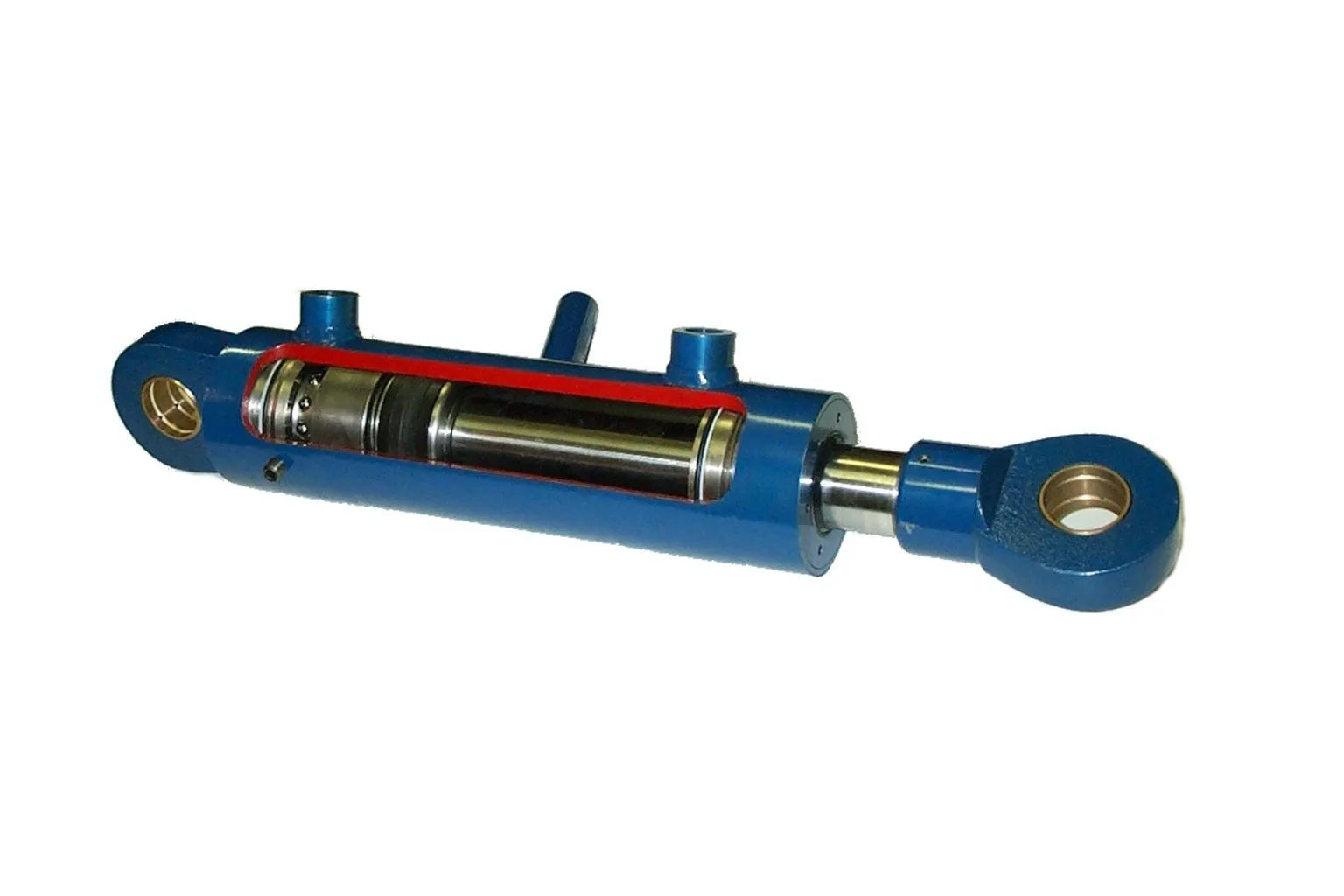Industrial Hydraulic Cylinder Design
Introduction to Industrial Hydraulic Cylinder Design
Industrial hydraulic cylinders play a crucial role in various applications across industries due to their ability to convert fluid power into mechanical force. In the industrial environment, hydraulic cylinders are essential components that provide linear motion and force to equipment and machinery.
Key Components and Structure of Hydraulic Cylinder
A hydraulic cylinder consists of several key components, including a cylinder barrel, piston, piston rod, seals, and hydraulic fluid. The cylinder barrel houses the piston and hydraulic fluid, while the piston rod connects the piston to the machinery. Seals ensure that the hydraulic fluid remains contained within the cylinder, providing smooth operation.
Principle of Control Cylinder Operation
The basic principle of hydraulic cylinder operation involves the application of pressure to the hydraulic fluid, which creates force and movement within the cylinder. By controlling the flow of hydraulic fluid, the cylinder can extend or retract, providing the desired motion to industrial equipment.
Types of Hydraulic Cylinders in Industrial Applications
- Single Acting Hydraulic Cylinder: Utilized in applications where force is only required in one direction.
- Double Acting Hydraulic Cylinder: Capable of providing force in both directions for more versatile applications.
- Telescopic Hydraulic Cylinder: Consists of multiple nested stages for extended reach and compact retraction.
- Differential Hydraulic Cylinder: Offers varying force outputs based on the piston’s effective area.
Each type of hydraulic cylinder has unique characteristics that make them suitable for specific industrial applications, such as manufacturing, construction, mining, and agriculture. For example, double-acting cylinders are commonly used in heavy machinery for precise control of movement.
Top Five Advantages of Industrial Hydraulic Cylinders
- High Power Density: Hydraulic cylinders can generate significant force in a compact design.
- Precision Control: Allows for fine-tuned movements and positioning of equipment.
- Reliable Operation: Minimal maintenance requirements and long service life.
- Versatile Applications: Suitable for a wide range of industrial tasks and machinery.
- Efficient Energy Transfer: Hydraulic systems are known for their high efficiency in power transmission.
Applications of Industrial Hydraulic Cylinders
Industrial hydraulic cylinders are widely used in various industries, including:
- Manufacturing: Hydraulic cylinders are employed in assembly lines and robotic automation for precise movement control.
- Construction: Used in heavy equipment such as cranes and excavators for lifting and positioning tasks.
- Mining: Hydraulic cylinders power underground machinery for ore extraction and transport.
- Agriculture: Implements like plows and harvesters utilize hydraulic cylinders for efficient operation.

Selecting the Right Hydraulic Cylinder
When choosing an industrial hydraulic cylinder for a specific application, factors like load capacity, stroke length, bore size, and operating conditions must be considered. Matching the performance of the cylinder to the application requirements ensures optimal functionality and longevity.
Maintenance and Care of Hydraulic Cylinders
Regular maintenance is essential to ensure the proper functioning of industrial hydraulic cylinders. Inspection, lubrication, and cleaning are vital practices that help prevent issues and extend the service life of the equipment.
Installation Guide for Hydraulic Cylinders
Proper installation of hydraulic cylinders is critical for their performance and safety. Following manufacturer guidelines and utilizing correct mounting techniques ensure efficient operation and prevent potential failures.
Maintenance Tasks for Hydraulic Cylinders
- Cleaning: Remove dirt, debris, and contaminants from the cylinder components to prevent wear and malfunctions.
- Lubrication: Apply appropriate lubricants to reduce friction and ensure smooth operation of the cylinder.
- Checking Wear: Regularly inspect the cylinder components for signs of wear or damage and replace as needed.
Fault Diagnosis and Common Problems
When hydraulic cylinders experience issues like leaks, erratic movement, or failure to extend/retract, proper diagnosis is crucial. Identifying common problems and implementing effective troubleshooting methods can help resolve issues and restore functionality.
Choosing the Right Industrial Hydraulic Cylinder
Exploring the factors that should be considered in selecting an industrial hydraulic cylinder is essential to ensure optimal performance and efficiency in industrial applications. Factors such as load capacity, operating conditions, and compatibility with machinery play a significant role in choosing the right cylinder.
Long-Tail SEO Articles on Industrial Hydraulic Cylinders

1. Understanding the Importance of Industrial Hydraulic Cylinder Design for Manufacturing Efficiency
2. Enhancing Productivity with Customized Industrial Hydraulic Cylinder Solutions
3. Optimizing Performance: The Role of Industrial Hydraulic Cylinders in Construction Machinery
Our Company Overview
We are a leading hydraulic cylinder replacement manufacturer with a comprehensive product line catering to diverse industrial needs. Our commitment to quality, international certifications, customized services, advanced production equipment, and exceptional after-sales support have positioned us as a trusted provider in the domestic and global markets.
Author: lyl
